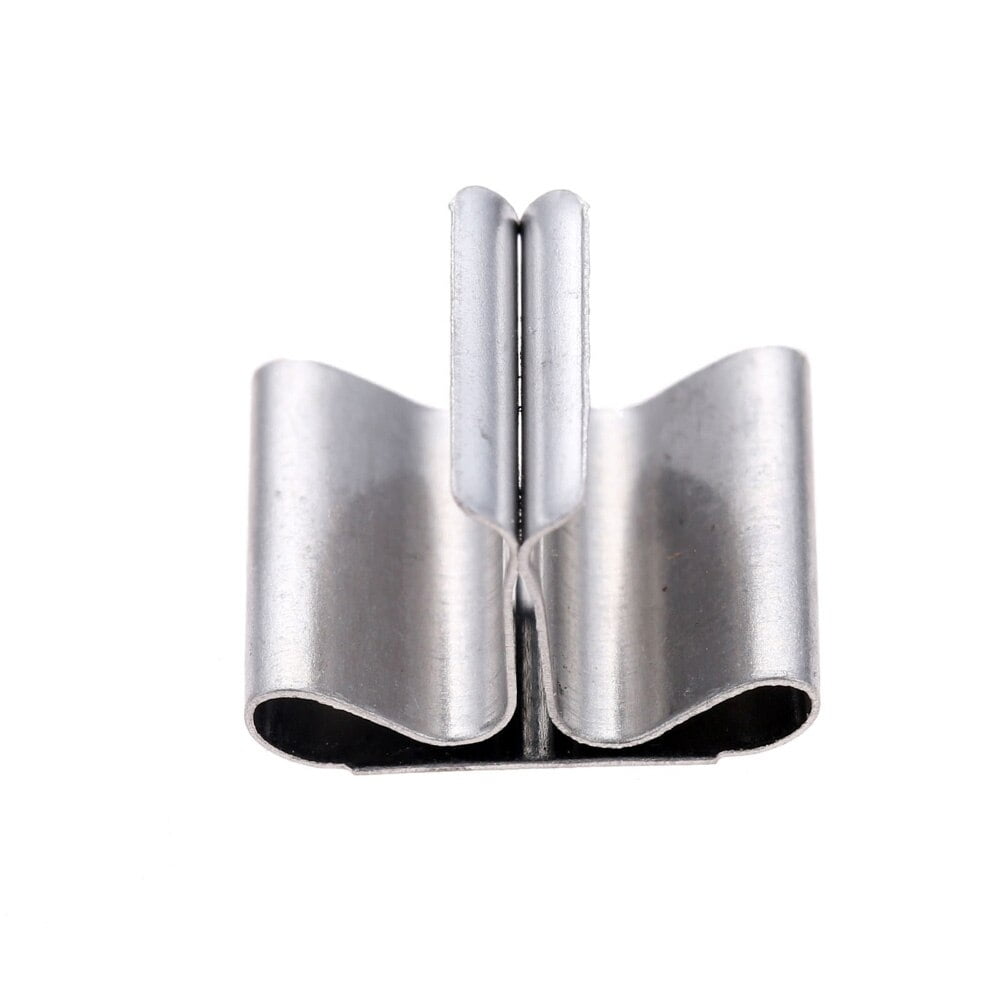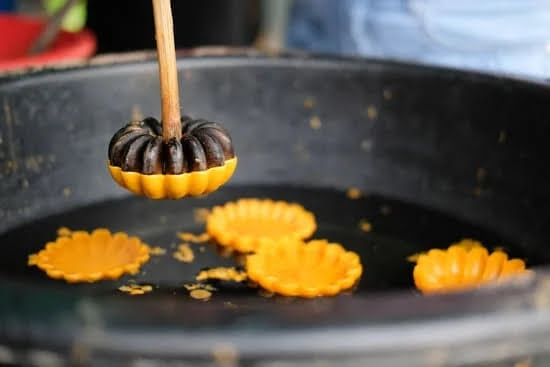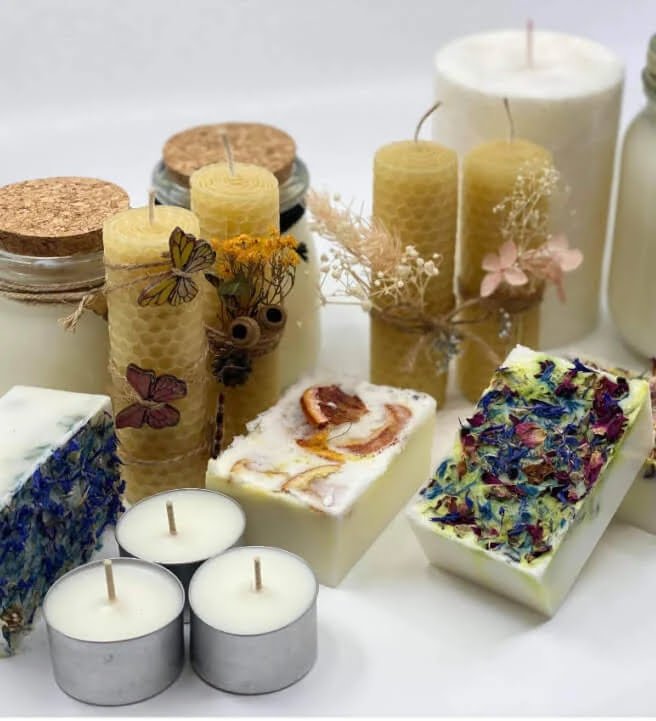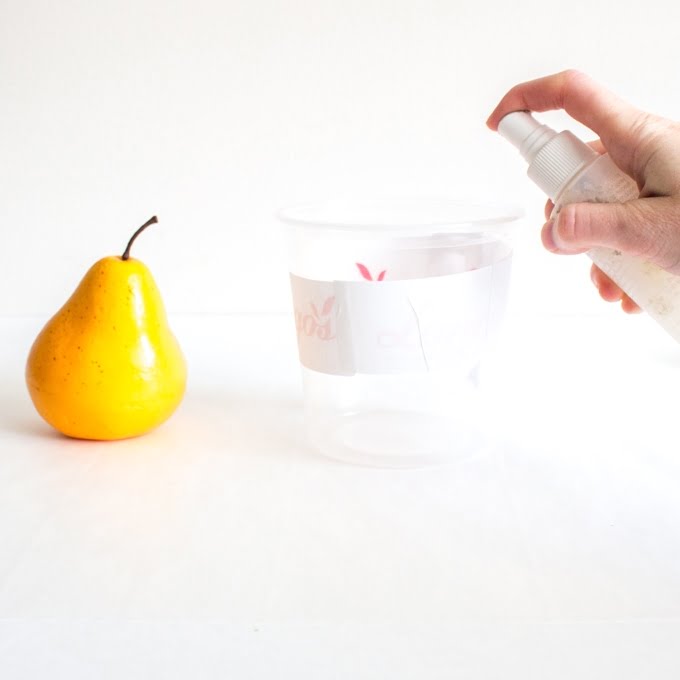Are you wondering what kind of color do you use for making candles? Color plays a crucial role in candle making, as it not only adds visual appeal but also sets the mood and ambience. Whether you’re a beginner or an experienced candle maker, understanding the different types of candle colorants and how to use them is key to creating beautiful and unique homemade candles.
When it comes to making candles, there are various options for adding color, including liquid dyes, dye blocks and chips, natural dyes, and mica powder. Each type of colorant offers its own set of properties and effects, allowing for endless creativity and customization in candle making. From vibrant hues to subtle pastels to shimmering effects, the possibilities are virtually endless.
In this article, we will explore the different types of candle colorants available and how to effectively use them to achieve the desired colors for your homemade candles. Additionally, we will discuss eco-friendly options such as natural dyes, as well as safety precautions and best practices when working with these colorants. So, let’s dive into the world of candle making and discover the importance of color in creating stunning homemade candles.
Different Types of Candle Colorants and Their Properties
When it comes to making candles, color is an important factor that can greatly influence the overall look and feel of the final product. There are different types of candle colorants available in the market, each with its own unique properties and effects. Understanding these options can help you create beautiful and customized candles for personal use or to sell.
One common type of candle colorant is liquid candle dyes. These dyes are highly concentrated and come in a wide range of colors, allowing for vibrant and intense hues in your candles. They are easy to use and can be mixed to create custom colors, making them a popular choice among candle makers. Liquid candle dyes are suitable for various types of wax including soy wax, paraffin wax, and beeswax.
Another option for coloring candles is using mica powder. Mica powder is a natural mineral that offers a shimmering and metallic effect when added to wax. It comes in a variety of shades and is often used to create eye-catching and luxurious-looking candles. Mica powder is also known for its ability to add depth and dimension to the color of the wax, making it a favorite among those looking to elevate their candle designs.
In addition to liquid dyes and mica powder, dye chips and blocks are popular choices for achieving pastel colors in candles. These colorants come in solid form and are easily added to melted wax, providing a subtle yet lovely tint to the finished candles. They are often preferred by crafters who want more control over the intensity of the color, as they can adjust the amount of dye chips or blocks used based on their desired shade.
| Types of Candle Colorants | Properties |
|---|---|
| Liquid Candle Dyes | Highly concentrated, vibrant colors, easy to mix |
| Mica Powder | Shimmering/metallic effect, adds depth to color |
| Dye Chips/Blocks | Subtle pastel colors, allows for control over intensity |
Using Natural Dyes for Eco-Friendly Candles
When it comes to making homemade candles, using natural dyes is a great way to create beautiful and eco-friendly products. Natural dyes are derived from various plant-based sources such as flowers, fruits, vegetables, and even insects. These dyes provide a sustainable and non-toxic option for coloring candles, making them perfect for environmentally conscious crafters.
One popular natural dye for candle making is soy wax dye, which is made from soybeans. Soy wax is not only renewable and biodegradable but also provides a clean and long-lasting burn for candles. Another commonly used natural dye is beeswax, which can be used to create a warm and natural hue for candles.
In addition to being environmentally friendly, natural dyes also offer the benefit of creating unique and one-of-a-kind colors for your candles. With the wide range of plant-based materials available, crafters have the opportunity to experiment with different shades and tones to achieve their desired results. Overall, using natural dyes aligns with the growing trend of sustainable and eco-friendly products in today’s market.
| Natural Dye | Source |
|---|---|
| Soy Wax Dye | Soybeans |
| Beeswax | Beeswax |
How to Use Liquid Candle Dyes for Vibrant Colors
When it comes to making homemade candles, the color you choose can greatly impact the overall look and feel of the final product. For those looking to achieve vibrant, eye-catching colors in their candles, liquid candle dyes are an excellent option. These dyes are highly concentrated and offer a wide range of colors to choose from. Here’s how to use liquid candle dyes for vibrant colors:
- Start by selecting a high-quality liquid candle dye in the color of your choice. These dyes come in small bottles and are available in a variety of shades, from bold primaries to rich jewel tones.
- Before adding the dye to your melted wax, it’s important to carefully read the manufacturer’s instructions. Typically, only a few drops of liquid dye are needed to achieve intense color, so start with a small amount and add more as needed.
- Gently stir the liquid dye into the melted wax using a heat-resistant utensil. Be sure to mix thoroughly to ensure that the color is evenly distributed throughout the wax.
Using liquid candle dyes allows for precise control over the intensity of color in your candles. Whether you’re aiming for a bright pop of red or a deep, moody purple, these dyes offer versatility and ease of use when it comes to achieving vibrant hues in your homemade candles.
Please note that when working with liquid candle dyes, it’s essential to take proper safety precautions. Wear protective gloves and work in a well-ventilated area to avoid inhaling any fumes that may be released during the coloring process. By following these tips and using liquid candle dyes effectively, you can create stunning candles that add both beauty and brightness to any space.
Exploring the Use of Mica Powder for Shimmering Effects
When it comes to creating unique and eye-catching candles, one of the most popular options for adding shimmering effects is by using mica powder. Mica powder is a natural mineral that is often used in the cosmetic and crafting industry for its shimmering and light-reflecting properties. When incorporated into candle making, mica powder can elevate the visual appeal of your candles, making them stand out from the rest.
Properties of Mica Powder
Mica powder comes in a variety of colors and shades, and it is known for its ability to add a beautiful shimmer to candle wax. It is available in both traditional and bright colors, making it versatile for different candle designs. Additionally, mica powder is highly stable under high temperatures, which makes it an ideal choice for candle making.
How to Incorporate Mica Powder Into Candle Making
To use mica powder in your candle making process, simply mix a small amount of the powder with melted wax until you achieve the desired color intensity and shimmer effect. It is important to note that a little goes a long way with mica powder, so start with a small amount and gradually add more as needed. You can also experiment with layering different shades of mica powder to create multi-dimensional effects in your candles.
Tips for Using Mica Powder
To ensure that the mica powder is evenly distributed throughout the wax and prevent clumping, it is recommended to stir the mixture thoroughly before pouring it into the mold. Additionally, consider using mica powder in combination with other colorants such as liquid dyes or dye chips to create custom hues and effects in your candles. Remember to always follow safety precautions when working with any type of candle colorant, including proper ventilation and avoiding direct skin contact.
By incorporating mica powder into your candle making process, you can achieve stunning shimmering effects that will make your homemade candles truly stand out. Whether you’re creating festive holiday candles or elegant special occasion candles, mica powder offers endless possibilities for adding visual appeal to your creations.
Tips for Achieving Pastel Colors With Dye Chips and Blocks
When it comes to making candles, color plays a crucial role in the overall aesthetic appeal of the finished product. While vibrant and bold colors are popular choices, achieving pastel colors can also add a soft and delicate touch to your homemade candles. Using dye chips and blocks is a common method for achieving pastel hues, and there are some tips and tricks that can help you achieve the perfect pastel shades for your candles.
Understanding Dye Chips and Blocks
Dye chips and blocks are solid forms of candle dye that are specifically designed to be melted into the wax during the candle-making process. These colorants come in a wide range of shades, including pastels, and offer ease of use and consistent results. They are typically made from non-toxic materials, making them safe for candle-making.
Choosing the Right Wax
The type of wax you use can have a significant impact on the final color of your candles. For achieving pastel colors, it is best to use white or light-colored waxes as a base. This allows the subtle hues of the dye chips or blocks to shine through and create beautiful pastel tones. Be sure to choose high-quality wax that is specifically formulated for candle-making for best results.
Tips for Achieving Perfect Pastels
To achieve the perfect pastel colors with dye chips and blocks, start by melting the wax at the recommended temperature and then adding small amounts of dye gradually until you reach your desired shade. Keep in mind that the color of the wax when melted may appear darker than the final cooled candle, so it’s essential to test small batches before committing to a large batch.
Additionally, experiment with different combinations of dye chips or blocks to create unique custom pastel hues for your candles.
Understanding the Color Wheel for Creating Custom Candle Hues
When it comes to creating custom candle hues, understanding the color wheel is essential. The color wheel is a valuable tool for candle makers as it helps in selecting the right combination of colors to achieve the desired shade. By knowing the basics of primary, secondary, and tertiary colors, candle makers can mix and match different colorants to produce unique and visually appealing candles.
The color wheel consists of primary colors (red, blue, and yellow), which are used to create all other colors. Secondary colors (green, orange, and purple) are created by mixing two primary colors together. Tertiary colors are achieved by mixing a primary color with a secondary color. Understanding these concepts allows candle makers to experiment with various combinations to produce an array of beautiful shades for their candles.
For example, if a candle maker wants to create a vibrant orange hue, they can mix red and yellow liquid candle dyes in the right proportions. Similarly, if they want to achieve a pastel green shade, they can use a combination of blue and yellow dye chips or blocks. By utilizing the principles of the color wheel, candle makers can unleash their creativity and produce candles in an endless variety of captivating colors.
In addition to creating new shades, understanding the color wheel also helps in correcting mistakes when mixing colorants. If a particular shade turns out differently than expected or desired, knowledge of complementary and contrasting colors on the color wheel can be used to make adjustments and achieve the intended result. Ultimately, by mastering the use of the color wheel in candle making, artisans can elevate their craft and produce candles that are visually stunning and unique.
Safety Precautions and Best Practices When Working With Candle Colorants
When working with candle colorants, it is essential to prioritize safety and follow best practices to ensure a successful and hazard-free candle making process. Whether using liquid dyes, dye chips, natural dyes, or mica powder, it is important to take the necessary precautions to protect yourself and others from potential risks. Here are some safety tips and best practices to consider when working with candle colorants:
- Always wear protective gear such as gloves and goggles when handling candle colorants in any form.
- Work in a well-ventilated area to avoid inhaling fumes or dust particles from the colorants.
- Keep candle colorants away from children and pets, as they can be harmful if ingested.
- Store colorants in a cool, dry place away from direct sunlight to prevent degradation of the product.
In addition to safety precautions, there are also best practices to consider when incorporating colorants into your homemade candles. It’s crucial to follow manufacturer instructions for the proper usage of specific colorants and adhere to recommended concentrations for optimal results. By understanding these best practices, you can achieve beautiful and vibrant colors in your candles while ensuring safety throughout the process.
Finally, proper cleanup after using candle colorants is essential for maintaining a clean and organized workspace. Spills should be cleaned immediately with appropriate cleaning agents, and all tools used for handling colorants should be thoroughly washed before reuse. By incorporating these safety precautions and best practices into your candle making routine, you can enjoy the creative process of coloring your homemade candles while prioritizing safety every step of the way.
Conclusion
In conclusion, choosing the right color for your homemade candles is essential for creating beautiful and visually appealing products. Whether you are looking to create vibrant, eco-friendly, shimmering, or pastel-colored candles, there are various options available to suit your preferences. Understanding the properties of different types of candle colorants, such as natural dyes, liquid candle dyes, mica powder, and dye chips and blocks, can help you achieve the desired results for your candle-making projects.
When deciding on what kind of color to use for making candles, it is important to consider the overall theme or purpose of your candles. For example, if you are aiming for a natural and eco-friendly approach, using natural dyes derived from plants or vegetables may be the best option. On the other hand, if you want to create vibrant and intense colors, liquid candle dyes may be more suitable for achieving these effects.
Additionally, it is crucial to keep safety precautions in mind when working with candle colorants. Ensure that you follow best practices and guidelines when handling and mixing colorants to avoid any potential hazards. By understanding the properties of different types of colorants and experimenting with various techniques, you can effectively choose the right color for your homemade candles and make them stand out in any setting.
Frequently Asked Questions
How Do You Add Color to Homemade Candles?
Adding color to homemade candles can be done using dye specifically made for candles. The method usually involves melting the candle wax, adding the dye and mixing it thoroughly before pouring the wax into the mold. It’s important to use only dyes that are safe for candles to ensure proper burning and avoid any safety issues.
What Is the Most Popular Color for Candles?
The most popular color for candles varies depending on personal preference and trends. However, neutral colors like white, ivory, and light pastels are often sought after as they match any decor or occasion. These colors create a clean and classic look that appeals to a wide range of people.
Is Powder Dye or Liquid Dye Better for Candles?
Whether powder dye or liquid dye is better for candles depends on personal preference and the specific project. Powder dye is often more concentrated, requiring less product to achieve vibrant colors, but it can be trickier to mix into the wax thoroughly.
On the other hand, liquid dye is easier to mix but may require more product to achieve the desired color intensity. Both types of dyes can be used effectively with proper technique.

Welcome to my candle making blog! In this blog, I will be sharing my tips and tricks for making candles. I will also be sharing some of my favorite recipes.





